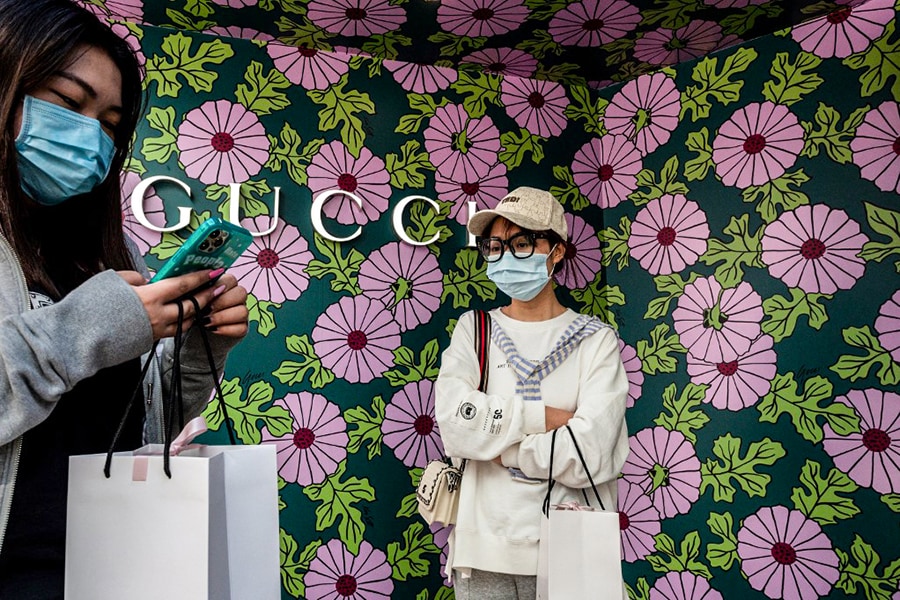
China's economy Is booming. Shoppers are skittish anyway
China reported on Friday that its economy grew by a jaw-dropping 18.3% in the first three months of the year compared with the same period last year
 People wait to enter a Gucci shop in Beijing on April 13, 2021.
People wait to enter a Gucci shop in Beijing on April 13, 2021.
Image: Nicolas Asfouri / AFP
Factories are whirring, new apartments are being snapped up, and more jobs are up for grabs. When China released its new economic figures Friday, they showed a remarkable post-pandemic surge.
The question is whether small businesses and Chinese consumers can fully share in the good times.
China reported on Friday that its economy grew by a jaw-dropping 18.3% in the first three months of the year compared with the same period last year. While the figure is steep, it is as much a reflection of the past — the country’s output shrank 6.8% in the first quarter of 2020 from a year earlier — as it is an indication of how China is doing now.
A year ago, entire cities were shut down, planes were grounded, and highways were blocked to control the spread of a relentless virus. Today, global demand for computer screens and video consoles that China makes is soaring as people work from home and as a pandemic recovery beckons. That demand has continued as Americans with stimulus checks look to spend money on patio furniture, electronics and other goods made in Chinese factories.
China’s recovery has also been powered by big infrastructure. Cranes dot city skylines. Construction projects for highways and railroads have provided short-term jobs. Property sales have also helped strengthen economic activity.
©2019 New York Times News Service




